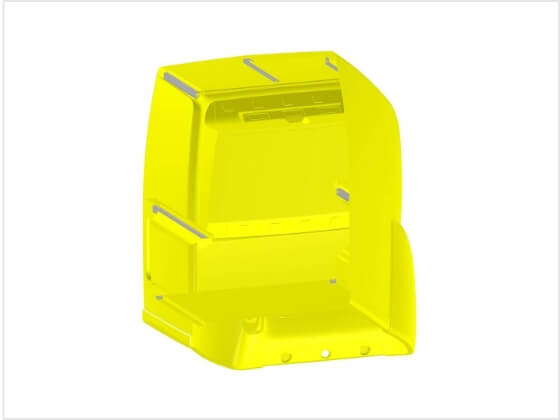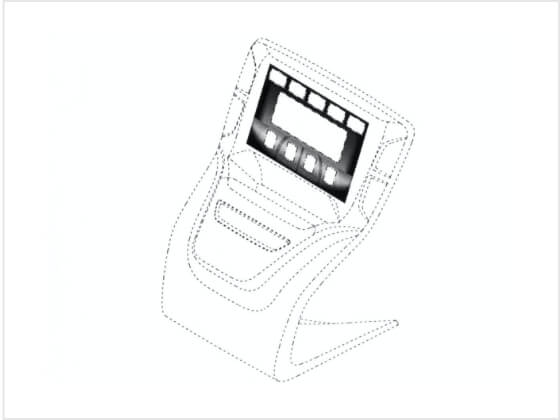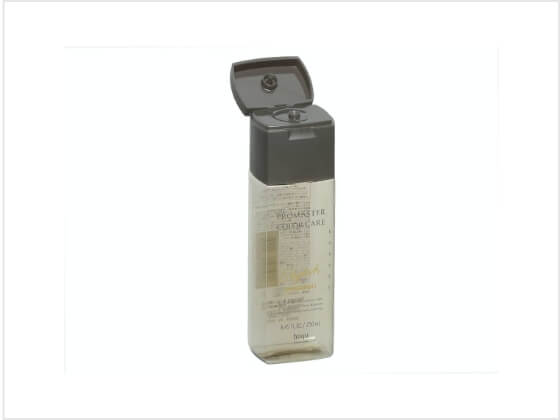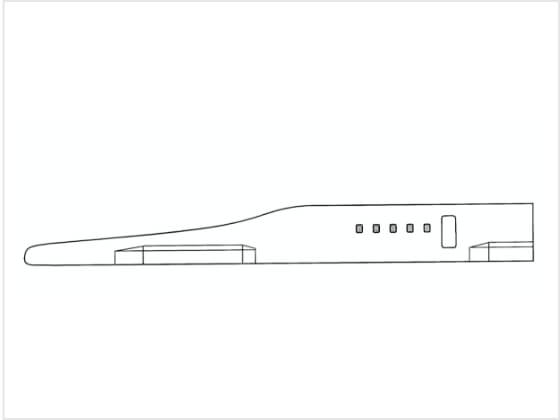WHAT WE DO
Nagoya International IP Firm has a division dedicated to design and trademark. This division has attorneys and practitioners specializing in design and trademark, each having abundant experience and solid achievements.
Our specialist design team provides the following services.
- Design-related Search
- Prior design search, Working state search (in partnership with external institution), Monitoring service, etc.
- Support for Acquisition of Design Rights
- Filing of design application, Submission of priority document, Procedures for seeking application of exceptions to lack of novelty (submission of proving document), Comment or second opinion on office action, Response to office action (including extension of term), Appeal against decision of refusal, Suit against appeal decision, etc.
- Dispute-related matters
- Trial for invalidation, Suit against trial decision, Infringement lawsuit, Warning, Negotiations, Conclusion of contract, Expert opinion, Suspension of import at customs, etc.
- Others
- Drafting of design-related various contracts, Support for strategy planning for design-related matters, Educational service on design practice in Japan, etc.
OUR SKILL AND STRENGTH
Distinctive Characteristics

We have an extensive record of success in design-related matters in Japan, such as filing applications, responding to office actions, and acting as a representative in appeal proceedings. We have also achieved a satisfactory level of performance in resolving design-related conflicts in Japan through negotiations and/or litigations, and in supporting conclusion of the resulting agreements.
We have been doing similar things outside Japan, and also have a wealth of experience of, for example, requesting foreign IP law firms (local agents) to file design applications in other countries, on behalf of our clients.
Consequently, even in simply handling, for example, filing of a design application in Japan, we can make proposals on the contents of the application bearing in mind potential exercise of rights after registration. Moreover, we can provide a one-stop service including negotiations for exercise of rights or licensing after registration, and drafting of a written agreement.
Track Record as Representative for Clients
The following are some of our actual achievements regarding designs registered in Japan, for which we acted as a representative.
Services
Filing of Design Applications

In Japan, as in other countries, a design right can be claimed only for a characteristic part, and also for a similar design, an independent registration can be obtained by satisfying certain requirements. In addition, there is a system of postponing publication of a registered design (secret design system). Taking into account such available systems, we consider whether any system (such as a related design system) suitable for each case is applicable and make proposals to our clients, on the fundamental premise of securement of as broad a scope of rights as possible.
Further, although the drawing requirements specific to Japan have been relaxed for harmonization with other countries in recent years, such specific requirements still remain. Thus, we propose a set of drawings more appropriate for each case based on such drawing requirements specific to Japan.
On the other hand, for interpretation of the scope of rights, not only the drawings but also descriptions in the Request about the usage/function and use method of the object (article, building, image, and interior) to the design are mandatory elements to be considered in Japan; whereas in some other countries, such descriptions are not required. Therefore, we are sometimes requested by our clients residing outside Japan to file a design application in which the usage/function and use method of the object to the design are hard to clearly understand at the first sight, based on the recognition that such descriptions in the Request are unnecessary. In such cases, prior to filing the application, we explain to each client the necessity of describing the usage/function and use method of the object to the design, the difference from a group of earlier known designs on the market, and the features of the design, and obtain such information from the client. Then, we consider the contents to be described in the Request, and propose adding necessary and appropriate descriptions in the Request. Upon approval thereof by the client, we file a suitable application duly conforming to the design practice in Japan.
Furthermore, if our client wishes to obtain the examination result earlier, we study the applicability of an accelerated examination based on the time when the design is planned to be worked in Japan, and make appropriate proposals.

Response during Prosecution Process (including Appeal)
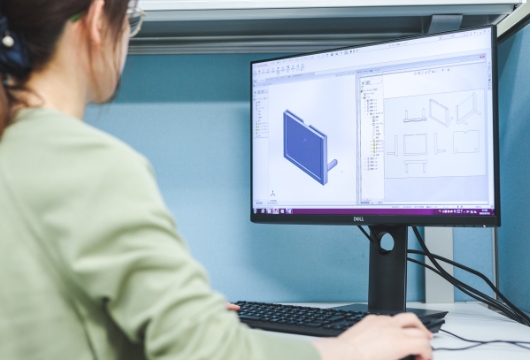
In Japan, as in other countries, it is not allowed to make addition or amendment of the drawings and/or descriptions that would result in changing the gist of the design claimed in a design application.
Therefore, in the case where any rejection is raised due to the indefiniteness of the design, we consider how addition and/or amendment of the drawings and/or the descriptions should be made in order to overcome the raised rejection, as well as closely reviewing the drawings and/or the descriptions in the Request to find the grounds that such amendment and/or addition do not fall under change of the gist of the design. In this way, we propose the best measures to be taken.
Where appropriate, we study the registrability of a new application to be refiled, and propose such refiling if we find it beneficial to the client.
In the case where any rejection is raised based on the similarity to a known design, argument for dissimilarity affects interpretation of the scope of rights after registration and, if argument for dissimilarity is excessively made, the scope of rights could be limited to be narrower than expected. In consideration of such risk, we propose making the minimum argument sufficient to overcome the rejection.
Actual Achievements
Filing of Design Applications and Acquisition of Design Rights

- In filing a direct application claiming priority in Japan, some of the drawings in the basic application did not conform to the drawing form prescribed in Japan. If such drawings were submitted as they were, it was anticipated that the application would be rejected as being indefinite and that, even if amendment to the drawings was attempted later, the applicant would not be granted a registration because such amendment would fall under change of the gist. Therefore, based on many years of our practical experience in Japan, we proposed modified drawings conforming to the drawing form prescribed in Japan while securing substantial identity with the design claimed in the basic application. Upon approval by the applicant, the direct application was filed with the modified drawings, and the applicant was eventually granted a registration with no rejection raised during the prosecution, while duly preserving the priority.
- In response to the rejection based on the similarity to a known design, we made arguments to the effect that the applicant’s design was dissimilar to the known design. As a result, the rejection was overcome and the applicant was granted a registration. In general, argument for dissimilarity affects interpretation of the scope of rights after registration and, if argument for dissimilarity is excessively made, the scope of rights could be limited to be narrower than expected. In consideration of such risk, we explained to the applicant that argument for dissimilarity could affect interpretation of the scope of rights after registration, and then suggested making the minimum argument sufficient to overcome the rejection. The applicant was eventually granted a registration while securing as broad a scope of rights as possible.
Negotiations
- A Taiwanese company was in possession of a right of a design in Japan. A Japanese company was manufacturing and selling a product using a design closely similar to the design whose right was owned by the Taiwanese company. We negotiated suspension of such manufacturing and sales with the Japanese company based on the design right of the Taiwanese company and the Unfair Competition Prevention Act. As a result, we successfully had the Japanese company suspend manufacturing and sales of the product at issue and pay damages to the Taiwanese company.
- A client consulted us about a counterfeit product found on the Japanese market. We developed a strategy to have the company manufacturing and selling the counterfeit product suspend manufacturing and sales of the counterfeit product, and proposed the strategy to the client. As a result, the client negotiated with the company in accordance with our proposed strategy, and successfully had the company suspend manufacturing and sales of the counterfeit product.
For Our Valued Clients
Lucid Explanations from Global Point of View
Since we are familiar with laws and systems in other countries, as well as those in Japan, we always try to give explanations based on the differences between them when providing various services to our clients.
Global Assistance
Many of our staff members, including those who belong to the design and trademark division, have experience in studying abroad and/or getting on-the-job training at overseas offices. Thus, we can fluently communicate verbally via phone or Web meeting, let alone in writing via emails or letters, based not only on linguistic skills but also on the deep understanding of cultures of other countries. This results in receiving many words of appreciation from our clients who used our services.
We are flexible to meet your needs as much as possible. If you wish to consult us about any design-related matter, please feel free to contact us.





